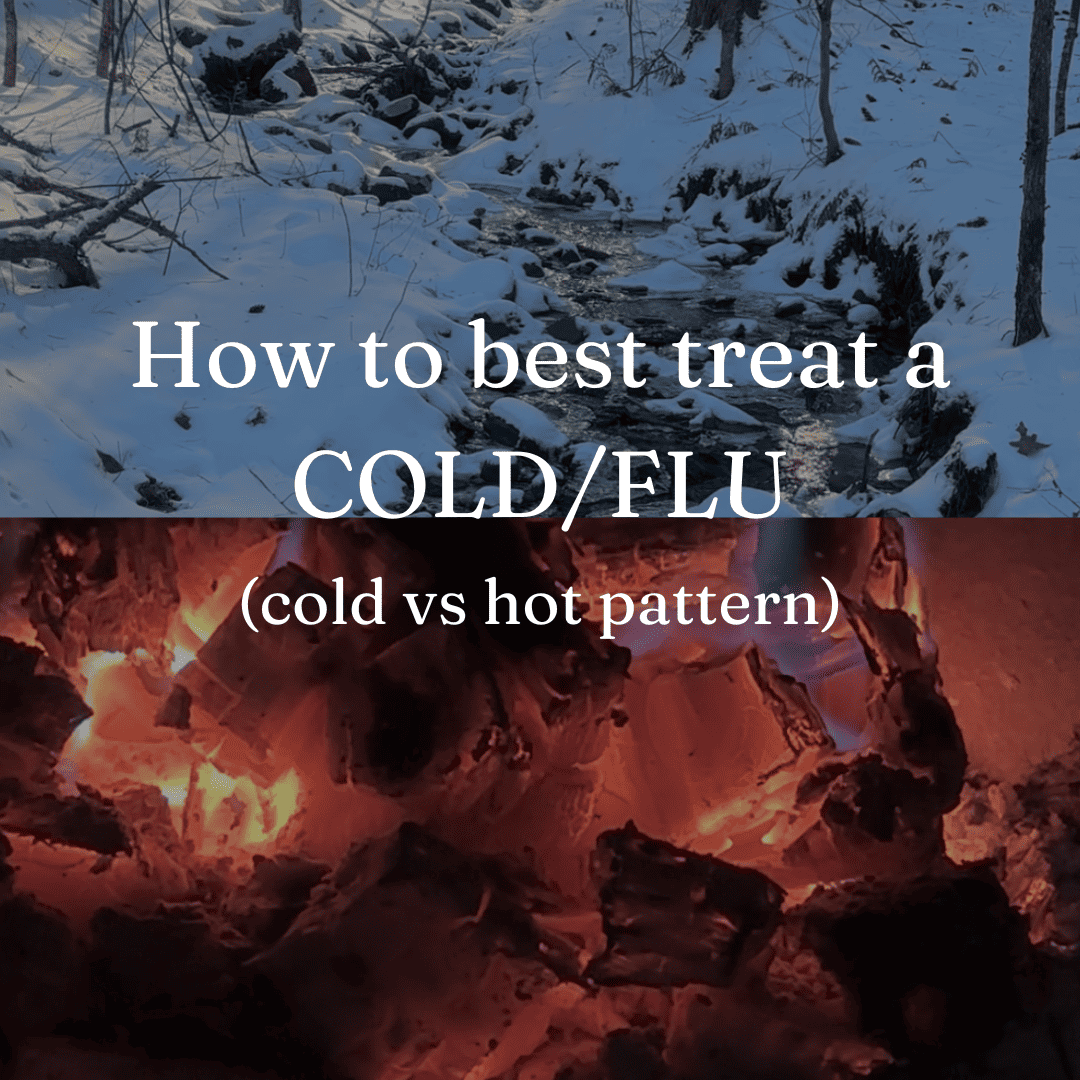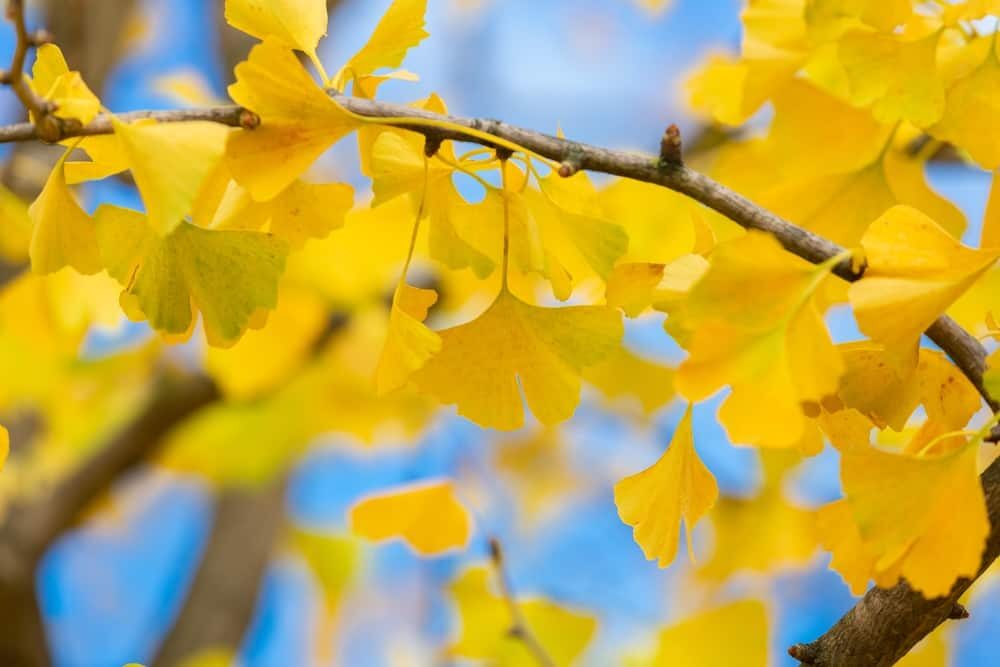 In traditional Chinese medicine, colds and flus are seen through the lens of an invasion of an “external evil” of wind-cold or wind-heat (the external evils, or “six excesses,” include cold, heat, wind, dampness, dryness, and summerheat).
In traditional Chinese medicine, colds and flus are seen through the lens of an invasion of an “external evil” of wind-cold or wind-heat (the external evils, or “six excesses,” include cold, heat, wind, dampness, dryness, and summerheat). Our body is protected by wei qi, or defense qi, but when the pathogenic qi (wind-cold or wind-heat in nature) overtakes the wei qi, the pathogenic qi settles in the exterior (and sometimes lungs) giving rise to the symptoms we associate with the common cold and flu.
An illness can begin as a wind-cold condition and progress to wind-heat or it can start off as a wind-heat condition. But how can you tell the difference between the two?
Wind-cold:
With a wind-cold condition, any of the following symptoms can be present: feeling cold even when covered, headache, body aches, in some cases fever, and possibly nasal congestion, sneezing, or cough with clear thin phlegm.
Wind-heat:
With a wind-heat condition, those same symptoms may be present, but what differentiates it into a heat pattern is if there is a sore throat or thirst present and if the phlegm is yellow and sticky. A fever may also be more significant, if present. Once a condition has a wind-heat pattern, wind-cold remedies will not work to relieve it, even if it started as a wind-cold pattern (and sometimes it will not remain as a wind-cold pattern for long!)
To treat wind-cold patterns:
If it is a wind-cold pattern with no sweating, the goal would be to get the body to lightly sweat to expel the pathogen. If sweating is present, more harmonization is in order (between wei qi and ying qi). The focus is on acrid warming herbs in both cases. If there is no sweating, Ma Huang Tang is a formula traditionally used, and with sweating and need for ying and wei harmonization Gui Zhi Tang would be used.
Gui Zhi is cinnamon twig which is a very warming Chinese herb. If one were to use this formula during a wind-heat condition when the nature is already hot, it would be counterproductive at best and damaging to fluids and worsening of the condition by sending it deeper at worst.
To treat wind-heat patterns:
When experiencing signs of wind-heat (sore throat, thirst, and thick yellow phlegm are keynote signs), the goal is to use acrid cooling herbs to resolve the exterior. A well-known herb in this case is peppermint (it is more cooling than spearmint and closer to the Chinese mint, Bo He, included in many formulas). A traditional formula for wind-heat with a sore throat is called Yin Qiao San (Honeysuckle and Forsythia Powder), and one for a milder wind-heat pattern with coughing is called Sang Ju Yin (Mulberry Leaf and Chrysanthemum combination).
Applying these principles to other herbs and foods:
You can see how these principles can be applied to other herbs, such as those used in western herbalism. For example, if one has a high fever with no sweating, that could be a useful time to use a diaphoretic herb, such as elderflower or catnip. Food items like ginger, cinnamon, and scallions would be appropriate to use along with wind-cold symptoms whereas peppermint and chrysanthemum would be better suited for wind-heat symptoms.
Please note that this article is for educational purposes only and is not medical advice.


